OAT HAY
Oat hay, derived from the common oat plant (Avena sativa), is a nutritious forage option commonly fed to livestock and herbivorous pets. It is harvested from oat crops grown primarily for grain production but can also be cultivated specifically for hay. Oat hay offers a range of benefits in terms of nutrition, palatability, and versatility. Here’s a detailed description of oat hay:
Characteristics:
– Plant Description: Oat plants are annual grasses with hollow stems and long, flat leaves. They produce seeds in spikelets arranged in dense clusters known as panicles. Oat hay is harvested from mature oat plants after the seeds have developed but before they fully mature and harden.
– Growth Habit: Oat plants are cool-season crops that thrive in temperate climates. They are typically sown in the fall or early spring and harvested in the summer months when the plants are in the vegetative or early reproductive stages.
– Physical Attributes: Oat hay typically consists of slender stems with attached leaves and seed heads. The color of oat hay can vary depending on factors such as maturity at harvest and drying conditions, ranging from light green to golden brown.
– Nutritional Profile: Oat hay is valued for its balanced nutritional profile, providing a mix of fiber, protein, energy, and essential vitamins and minerals necessary for animal health and well-being.
Nutritional Composition:
– Fiber: Oat hay is rich in dietary fiber, including cellulose and hemicellulose, which support healthy digestion and gut motility in herbivorous animals. The long fiber strands also promote natural chewing behavior, aiding in dental wear and preventing dental problems.
– Protein: While not as high in protein as legume hays like alfalfa, oat hay still provides a moderate amount of protein essential for muscle maintenance and growth in livestock and pets.
– Vitamins and Minerals: Oat hay contains essential vitamins and minerals such as vitamin A, vitamin D, calcium, and phosphorus, which are vital for overall health and well-being in animals.
Benefits:
– Digestive Health: The fiber-rich nature of oat hay supports optimal digestive function in herbivorous animals, helping to prevent issues such as bloating and gastrointestinal stasis.
– Palatability: Oat hay is generally well-received by livestock and pets due to its mild flavor and aroma. Its palatability encourages regular consumption, ensuring adequate nutrient intake.
– Versatility: Oat hay can be fed to a variety of animals, including horses, cattle, sheep, goats, rabbits, and guinea pigs. It can be used as a primary forage source, a supplemental feed, or as part of a balanced diet.
-Forage Quality: Oat hay is typically harvested at a stage when the plants are still tender and palatable, maximizing nutrient content and digestibility.
Harvesting and Processing:
– Oat hay is typically harvested in the summer months when the oat plants are in the vegetative or early reproductive stages, before the seeds fully mature and harden.
– After cutting, the oat plants are allowed to dry in the field until they reach the desired moisture content, usually around 10-15%.
– Once sufficiently dried, the hay is baled and stored in a dry, well-ventilated area to maintain its quality and nutritional value.
Quality Considerations:
– Freshness: Choose oat hay that has a fresh, grassy aroma and vibrant color, indicating its nutritional value and freshness. Avoid hay that appears dusty, moldy, or musty, as these can indicate poor quality and potential health risks for animals.
– Texture: Opt for oat hay with a medium texture and long, pliable stems, which are easier for animals to chew and digest.
– Cleanliness: Ensure the hay is free from debris, weeds, and pests that may pose a health hazard to animals.
In conclusion, oat hay is a nutritious and versatile forage option for livestock and herbivorous pets. Its balanced nutritional profile, palatability, and versatility make it a valuable feed source for maintaining animal health and well-being. When selecting oat hay, prioritize freshness, quality, and cleanliness to ensure the highest nutritional value for your animals.

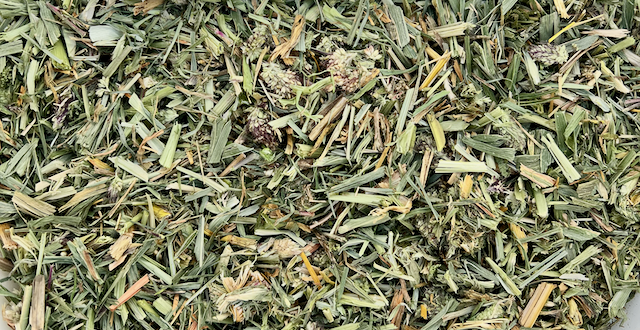





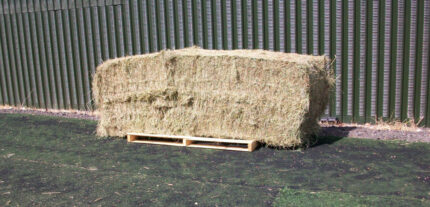
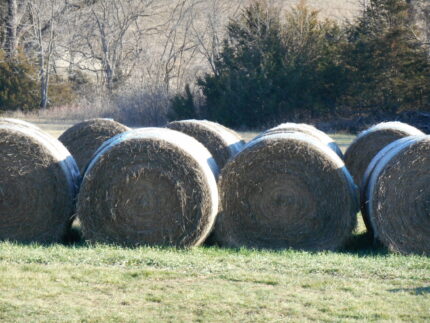

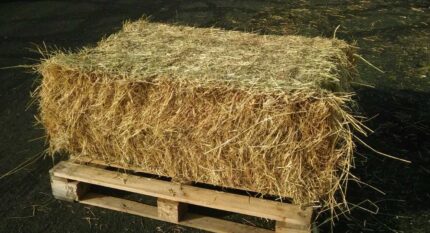
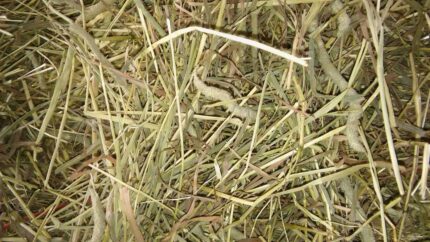
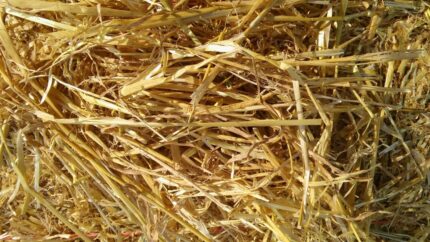
Reviews
There are no reviews yet.